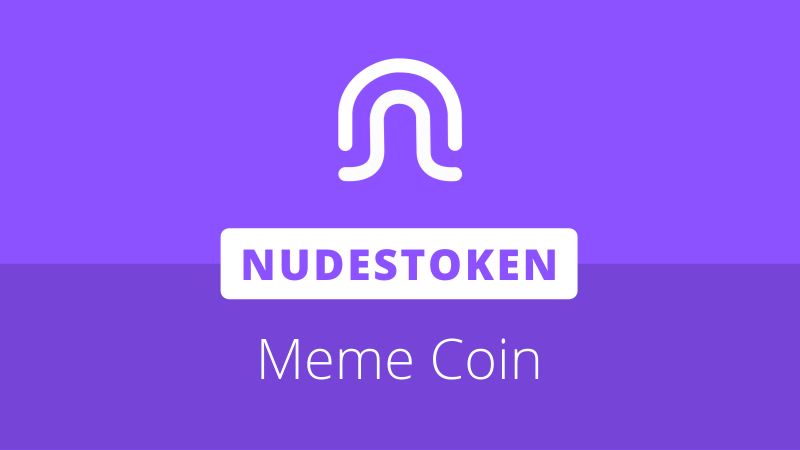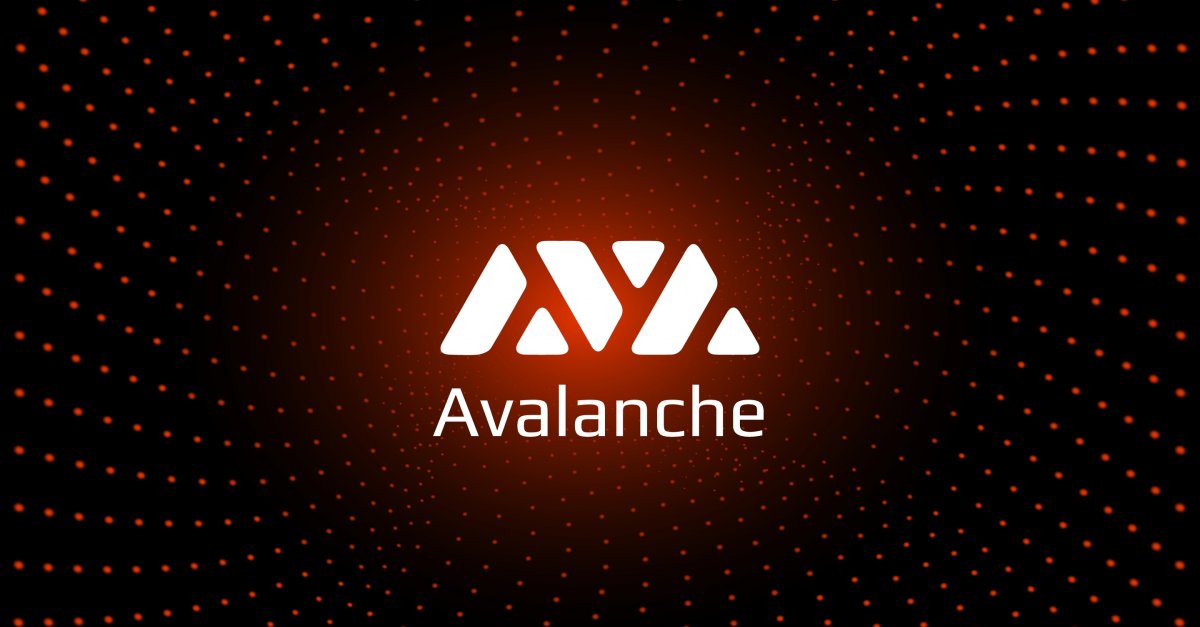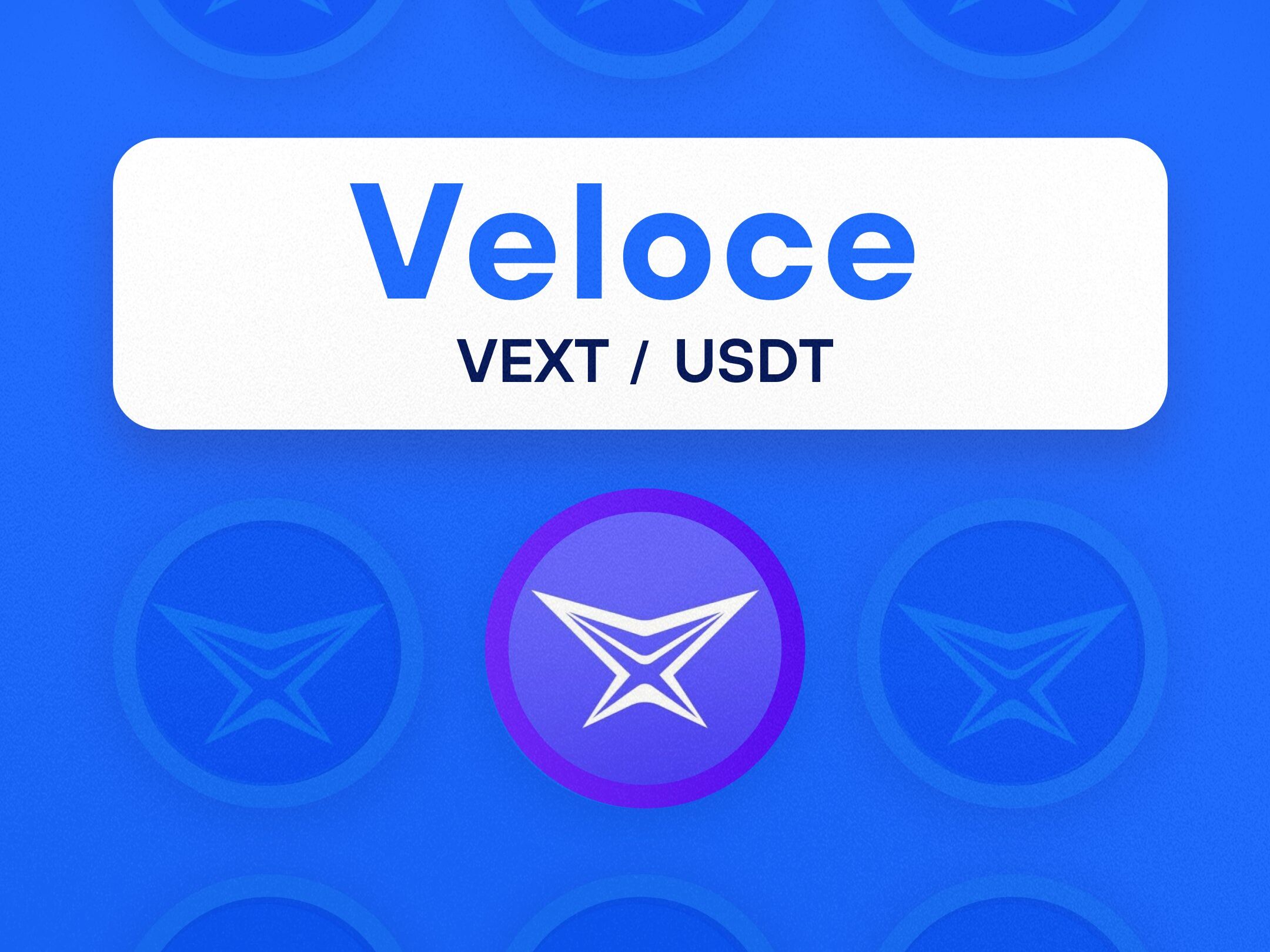Celestia is the first modular blockchain network to establish a scalable data availability layer. This layer serves as the foundation for the development of the next generation of scalable blockchain architectures, commonly known as modular blockchains.
Essential information for their token is available on the MEXC Digital asset introduction page. Furthermore, we are listing (TIA/USDT – Trade it here) on the Innovation Zone! Check it out now!

Why is Celestia So Popular?
The Celestia isn’t merely another run-of-the-mill blockchain project. It signifies a substantial departure from the conventional design and operation of blockchain networks. Celestia distinguishes itself by concentrating exclusively on organizing and facilitating transactions, introducing a distinctive approach that separates it from traditional networks.
What Exactly is Celestia?
Celestia stands as a modular data availability network that effectively scales in tandem with the number of users. In simpler terms, it simplifies the process of launching one’s own blockchain.
This innovative network paves the way for the evolution of scalable blockchain architectures, specifically modular blockchains. Furthermore, Celestia achieves scalability through a separation of execution from consensus and the introduction of a novel concept called data availability sampling.
In practical terms, Celestia’s primary responsibility is to sequence transactions and ensure their data availability, akin to reducing consensus to atomic broadcast.
Moreover, it addresses the data availability challenge with an efficient solution. Therefore, resource-limited light nodes need only sample a small, random selection of data chunks from each block to verify data availability.
Notably, as more light nodes participate in this sampling process, the network’s capacity to handle data safely increases. This capacity enhancement allows for an expansion in block size without a proportional increase in the cost of verifying the blockchain. This will make Celestia a promising solution for scalable blockchain architectures.
Difference Between Monolithic Blockchains and Modular Blockchains
Blockchains essentially act as replicated state machines. Nodes within a permissionless distributed network apply a carefully ordered sequence of deterministic transactions to an initial state. This process leads to a shared final state that all nodes in the network unanimously agree upon, despite their independent operation.
In simpler terms, this means that all nodes in the network adhere to the same set of rules (the ordered transactions) to transition from a starting point (the initial state) to a common endpoint (the final state). This ensures consensus regarding the blockchain’s ultimate state.
To achieve this, blockchains require four key functions:
- Execution: This function involves executing transactions that correctly update the state. It is essential to ensure that only valid transactions are executed, meaning those that result in valid state transitions.
- Settlement: Settlement provides an environment for execution layers to verify proofs, address fraud disputes, and connect different execution layers.
- Consensus: Consensus is the process of reaching an agreement on the order in which transactions are added to the blockchain.
- Data Availability (DA): DA is responsible for making transaction data accessible. It’s important to note that execution, settlement, and consensus all rely on data availability.
Monolithic Blockchains
Traditional blockchains, often referred to as monolithic blockchains, integrate all four functions into a single base consensus layer. The drawback of this approach is that the consensus layer is burdened with a wide array of tasks and cannot be optimized for a specific function. Consequently, the monolithic paradigm restricts the system’s overall throughput.
Modular Blockchains
Meanwhile, modular blockchains take a different approach. In contrast to conventional networks that handle both the organization and execution of transactions, Celestia introduces a clear separation between reaching consensus on transactions and the actual execution of these transactions. This differentiation results in a more efficient and cost-effective process, ultimately lowering the expenses associated with building decentralized applications.
It breaks down these functions into multiple specialized layers within a modular framework. This flexibility opens up numerous possibilities for organizing this stack. For instance, one such arrangement involves splitting the four functions into three distinct layers.
The foundational layer encompasses Data Availability (DA) and consensus, making it the Consensus and DA layer (referred to as the DA layer for brevity). Settlement and execution are then situated in their own separate layers above this base layer. This segmentation allows each layer to specialize in performing its designated function optimally, ultimately enhancing the system’s throughput.
Moreover, by reimagining the fundamental structure of blockchain technology, Celestia offers a platform that is not only more accessible but also more budget-friendly for innovators within the industry. This shift in approach enhances the overall landscape for blockchain development.
Use Cases of TIA in the Celestia Ecosystem
Paying for Storage Space:
Celestia’s native asset, TIA, plays a vital role in the development of the first modular blockchain network. Developers using Celestia for data availability submit PayForBlobs transactions on the network and pay a fee, which is denominated in TIA.
Bootstrapping New Rollups:
A key aspect of Celestia’s vision is to simplify the process of deploying a blockchain, making it as straightforward as deploying a smart contract. In this era of modularity, developers no longer need to issue their own tokens to kickstart their blockchain.
Much like ETH on Ethereum-based rollups, developers can choose to expedite the creation of their chain by using TIA as a gas token and currency, while also covering data availability costs. This approach allows developers to focus on building their applications or execution layers without the immediate need to introduce a new token.
Proof-of-Stake:
Celestia, being a permissionless network built using Cosmos SDK, relies on proof-of-stake to secure its consensus. Similar to other Cosmos networks, any user has the opportunity to contribute to network security by delegating their TIA to a Celestia validator, entitling them to a share of the validator’s staking rewards.
Decentralized Governance:
TIA staking also empowers the community to actively participate in decentralized governance processes within Celestia. This involvement includes voting on network parameters via governance proposals and overseeing the community pool, which receives 2% of block rewards.
Where to buy TIA Token
You can find TIA Tokens here at MEXC! We are listing TIA/USDT in our Innovation Zone!
What is the Price of TIA Tokens?
The TIA Token is currently trading at MEXC with a live price of $2.23. You can check the live price of their token right here!
How to buy TIA Tokens on MEXC
You can buy TIA Tokens on MEXC by following the steps:
- Log in to your MEXC account and click [Trade]. Click on [Spot].
- Search “TIA” using the search bar to see the available trading pairs. Take TIA/USDT as an example.
- Scroll down and go to the [Spot] box. Enter the amount of TIA you want to buy. You can choose from opening a Limit order, a Market order, or a Stop-limit order. Take Market order as an example. Click [Buy TIA] to confirm your order. You will find the purchased TIA in your Spot Wallet.
You can find a detailed guide on how to buy TIA Tokens here.
Get Free Airdrops with MEXC Launchpad!
Did you know MEXC gives out 20+ free airdrops weekly? Launchpad and Kickstarter events ensure that all our loyal MX token HODLers receive a ton of new tokens! Learn all about it at our MX Zone now!
Meanwhile, check out all of the listings in the Innovation and Assessment zones as well as the major tokens in the Main Zone – we have more amazing projects to come! Visit the Hot Projects section as well to uncover more featured popular tokens. Lastly, feel free to visit MEXC Academy to learn more about cryptocurrency!
Join MEXC and Start Trading Today!



